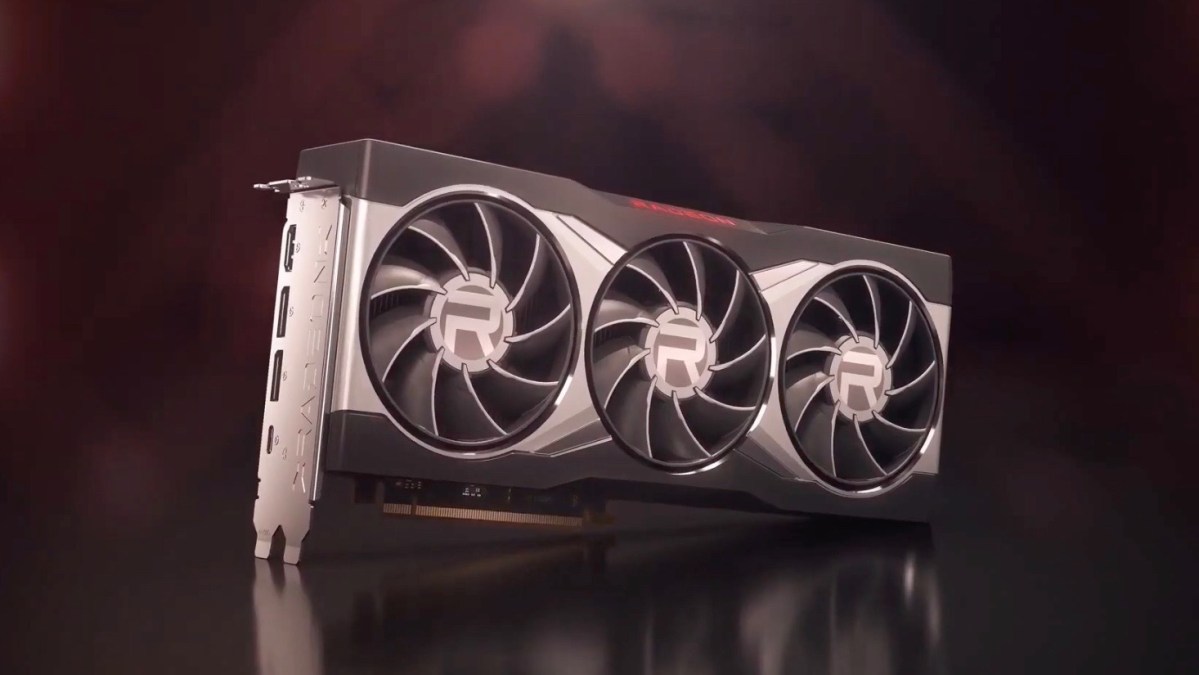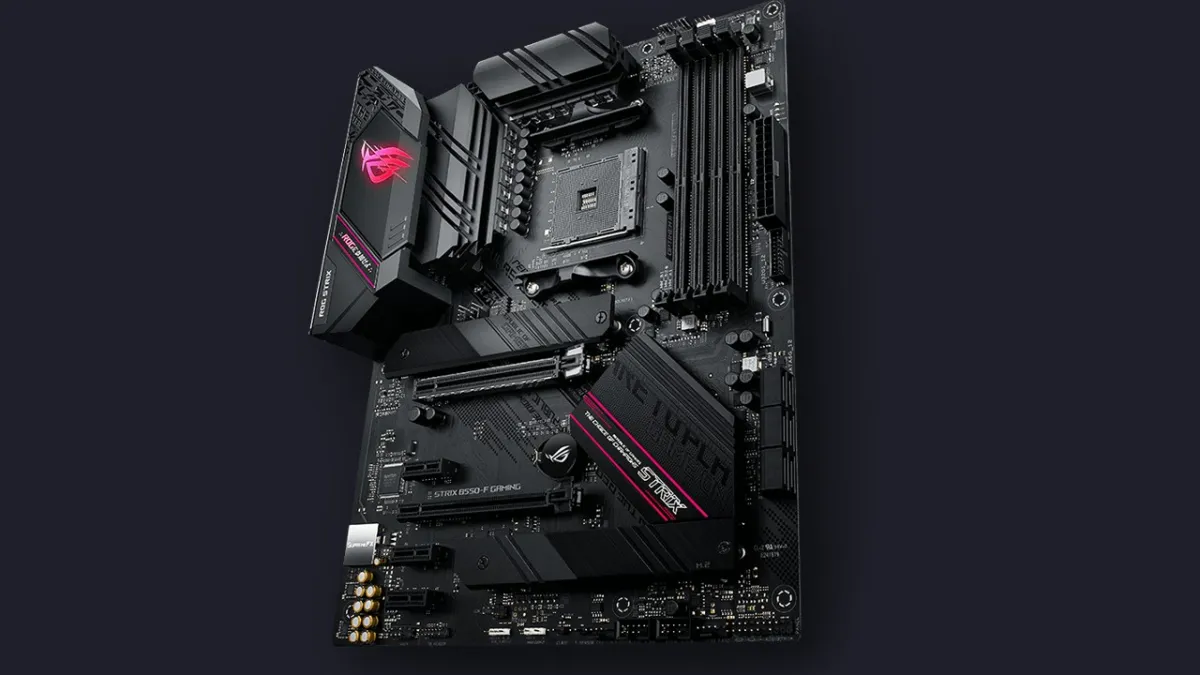AMD is seemingly preparing another method of full-screen gaming resolution scaling with Radeon Super Resolution. Referred to as RSR in short, AMD’s image scaling tech could help users gain better performance in certain titles. This information comes via a report from VideoCardz, which compiled these new details. As a rumor, this is mostly speculation for now, so remain skeptical until we get some kind of confirmation from AMD.
If this turns out to be true, it could be exciting news for users who want to squeeze as much performance out of their rigs as possible. However, it likely won’t replace AMD’s current scaling technology, but rather act as a companion to it.
A enticing performance boost for AMD users
Image scaling tech for PC gaming has improved significantly over the last few years. It has allowed aging PC’s to keep up with modern rigs and technology. Nvidia first led the way with its own Deep Learning Super Sampling (DLSS), which AMD followed up with FidelityFX Super Resolution (FSR). However, the big change apparently coming with AMD’s Radeon Super Resolution image scaling is that it’s expected to work with all games that run in full-screen mode. The downside is that it may not be as effective as FSR at increasing performance.
The performance differences boil down to the applications of these technologies. FSR is available on a game-by-game basis, supporting titles like Resident Evil Village and other titles like Deathloop. These games get more of a benefit with FSR because of how much more specific the integration of the technology is in render pipelines. Developers can work with FSR to fine-tune it and get as much performance as possible.
In comparison, AMD Radeon Super Resolution would be a more general tool used to upscale titles across the board. It would be useful for improving frame rates in older titles that don’t support FSR. Plus, since it isn’t proprietary like Nvidia’s DLSS, it’ll be available to more users. The most interesting aspect will be how much extra performance it brings to the table in comparison to FSR. Since it may be available for all games, it could massively benefit low-end builds. If it’s open-source, it could also allow developers to make full use of the technology in the future.
There’s no kind of release date for AMD’s Radeon Super Resolution image scaling. It could very well make an appearance during AMD’s CES 2022 presentation, so keep an eye out for that. Again though, this information isn’t confirmed so hold your breath until we see some kind of official announcement.





